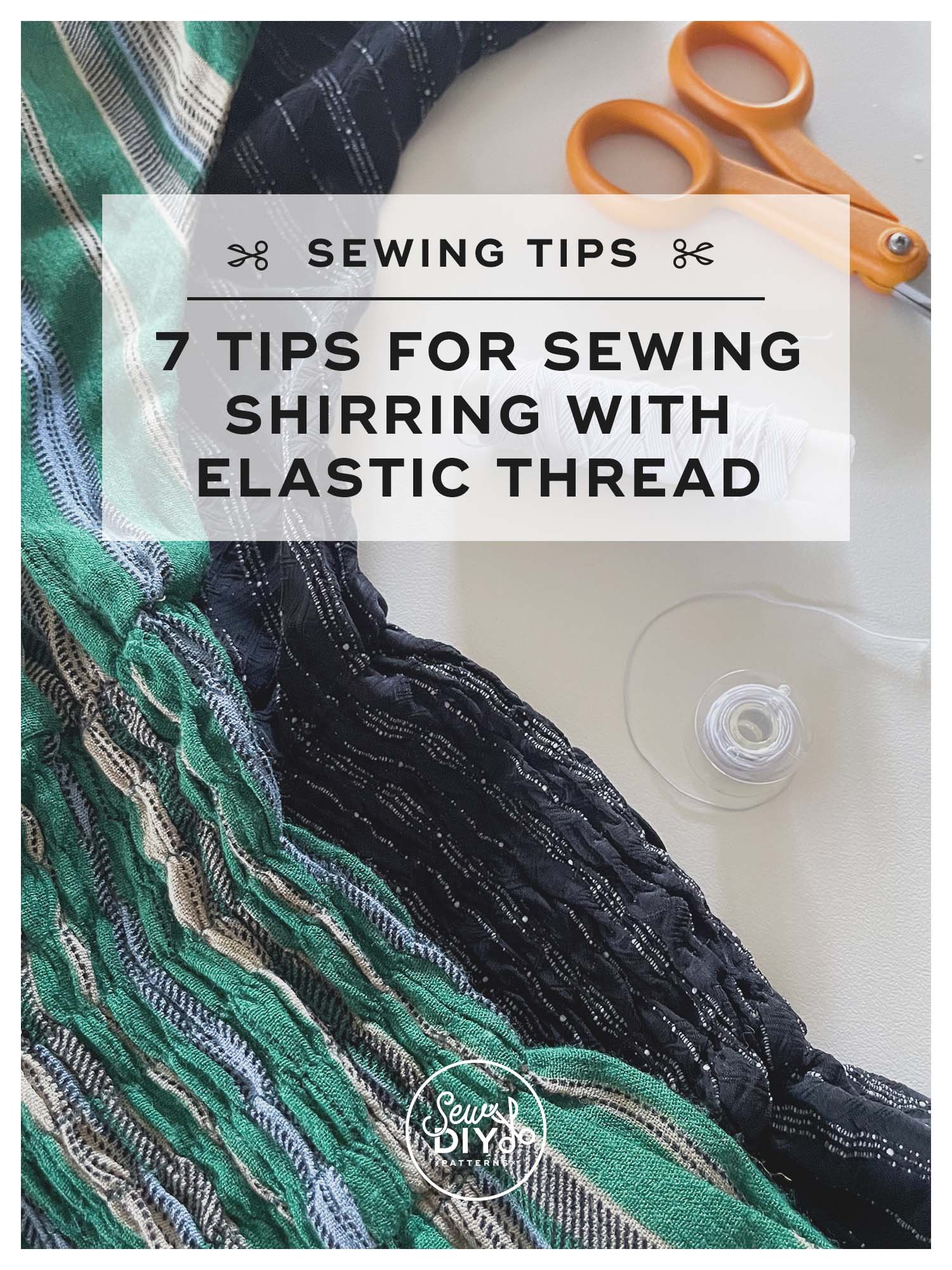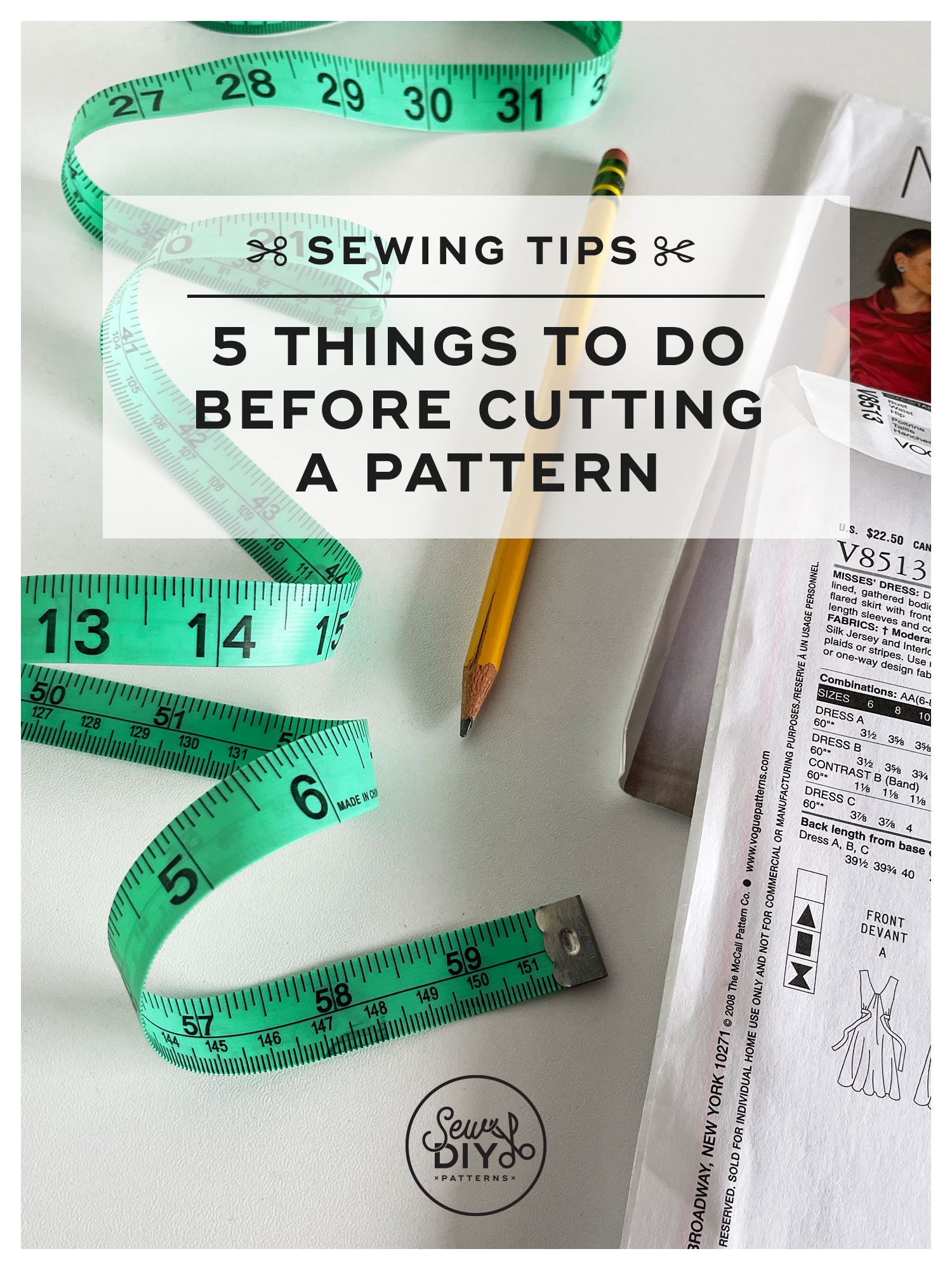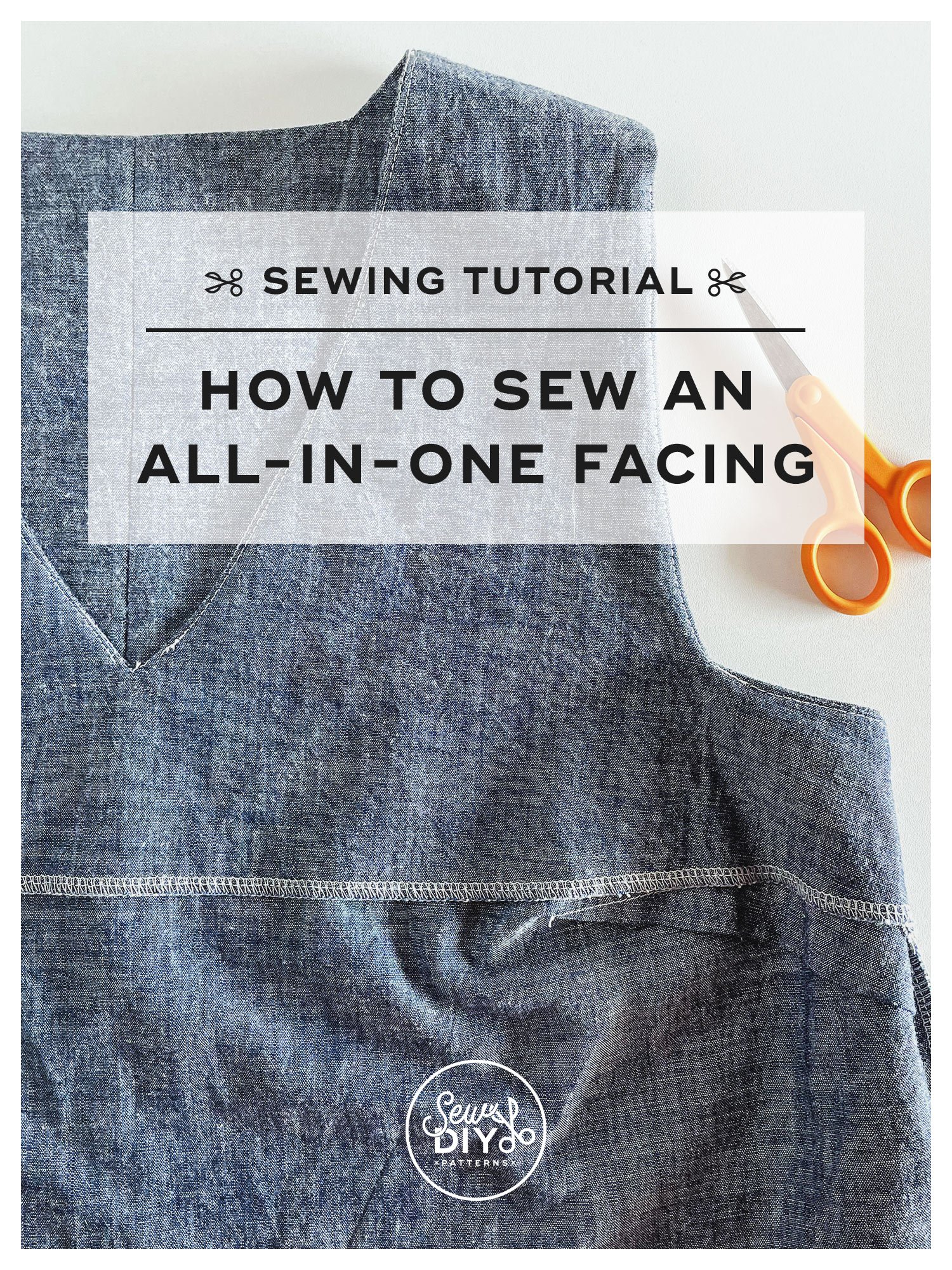One of my biggest sewing room struggles over the years has been fabric stash management. I’ve had periods of success and many periods (like right now) where I feel like my fabric is taking over the sewing room. Because I’ve had success in the past, I know that I have all the knowledge and tools that I need. The only thing lacking was motivation. Which is why I’m hosting the I Love My Fabric Virtual Party (happening August 10-11, 2019). In today’s post, I’m sharing a bunch of ideas and links that will help you organize your fabric and get your sewing room in tip top shape. There are two main kinds of organizing and you can do either or both. The first is to physically organize the stash, meaning the folding, stacking, storing, etc. The second is to create a catalog of your fabric that you can reference instead of diving into the physical fabric. Read on for my best fabric storage and organization ideas for your sewing room.
Tip 1: Store the fabric neatly
Not only will neatly stored fabric look pretty, but it will also be easier to find what you’re looking for. My method for the past few years (shown above) has been to fold the woven fabric and roll the knit fabric and store the fabric in drawers so that each item is visible when the drawer is opened. This method works really well for me and I like that having the fabric in drawers means it won’t be exposed to sunlight. The drawers I use are from IKEA and similar to the ALGOT.
But my way is not the only way, so I did some research on the ol’ internet to look for more ideas. I found that while folding neatly around a piece of cardboard is the most popular method, there are a few other options as well, namely rolling the fabric on cardboard tubes or hanging it. Lots of links below for inspiration. (Sidenote: It was interesting that most of the sources I found were for organizing quilting fabric which is generally used in much smaller quantities than garment sewing.)
Kelli from True Bias recently reorganized her stash using the folding on cardboard method and explains it well in this post. There are lots of posts out there about folding fabric around board but most are about quilting fabric. The method is really the same though.
See some ideas for hanging your fabric in this article from Bluprint
Try wrapping your fabric around tubes like Alice and Ann.
Tip 2: Create a fabric catalog
You can create a physical catalog using swatches and cards like these from Colette or these from Wearologie. Or create a digital catalog using a software program. The main benefit of a digital catalog is that you can access it from anywhere and easily update the information. There are a lot of software options out there these days. Ones that I’ve heard of include Evernote, Excel (or Numbers if you’re on a Mac), Trello and Airtable. Helen from Helen’s Closet wrote a helpful blog post about how she uses Trello to organize her patterns and fabric.
I created a digital catalog for my patterns in Evernote a few years ago. (You can read my blog post on it here.) It’s faster for me to look through Evernote and see what I have than it is to get the bins out of the closet and physically look at the patterns. I have a very old post (don’t judge!) about my pattern system here. At one point, I attempted to do the same with fabric but I gave up. A screenshot of my old Evernote fabric catalog is shown above. I like that Evernote can be used on a desktop and on your phone. It’s really easy to create a new listing in your catalog. Just open Evernote, click the big “+” button to create a new note, then click the plus button to take a photo. In the text box you can make any notes and add a title to your note. Evernote is very easy to search and you can further organize using tags. Evernote can even search images for text, including handwritten text.
I’ve been playing around with Trello a little this week and watching a lot of YouTube videos about how to use it. There’s definitely a learning curve for me in comparison to Evernote. (If you also use Evernote, the Trello “boards” are like notebooks and the “cards” are like notes. But the big difference is that cards are organized in lists.) Trello is designed to work like a project management system of whiteboards and sticky notes where the sticky notes can move from column to column as things progress. It seems to be really powerful but also a little more complicated to use. In the image above, I did a mini test of Trello. What I really like about Trello is that I can move my fabric into different lists.
I think it’s just as visual as Evernote and both have tagging capability. But Trello adds an extra layer of organization to it. In the example above, I have lists for woven, knit and sewn. After a fabric is used, it’s really easy to drag a card from one column to another. You could create even more lists, breaking them down by categories such as amount of yardage, where the fabric is stored, color or priority. You could even group them into a list for a capsule wardrobe you’re planning. I also really like the idea that I could easily see what’s been used already and then feel all proud and smug.
(One tip on adding photos. I found that if I just snap a photo from within the app, the photo is very long and Trello adds extra color on either side to the cover photo (see the top left example). To have the fabric fill the frame and look prettier, I took square images using my photo app and then uploaded to Trello. It takes slightly longer but looks better.)
There’s also an app called Cora that is specifically designed for recording your fabric stash. I used it a little bit a few years ago and it had a lot of great options.
I’m still not 100% sure if I’m going to create a digital catalog of my fabric. I have a feeling I may get tired of doing it part way through. I’m also wondering how useful it would be for me. I mean, I’ve gone 20 years without one, so do I really need to spend the time on it? But, I am tempted and I’ve set aside a whole weekend to do it. So, why not give it a go? And maybe if my stash is digitally cataloged, then I’ll be less tempted to rip open all the drawers and throw fabric around everywhere. hmm.
Tip 3: Consider parting with some fabric
When you love something a lot, like we do with our fabric, we can sometimes end up with too much of a good thing. As you sort your fabric, you may find things that you no longer love. You can donate them to a friend or school. Or have a destash sale and make a little money. UPDATE: There’s a new Instagram account called @handmadehandmedowns that will help you destash your fabric. Simply post a photo of the fabric and all the details to your account and then tag @handmadehandmedowns. They will then repost your photo so that other sewists can see it.
If you are wanting to adopt a more minimalist lifestyle or even just a few techniques, I first recommend checking out Marie Kondo. I read her book the The Life-Changing Magic of Tidying Up a few years ago and it helped me change my perspective about how I look at objects. I’m by no means a minimalist but it’s definitely helped me get motivated to purge unnecessary things. She also has a tv series on Netflix that’s worth watching. You can even watch while you fold your fabric! (Her folding tips alone are revolutionary!) I’d also recommend reading Miranda Anderson’s book More Than Enough and listening to her podcast Live Free Creative. I have not read her book yet but I LOVE the podcast and her perspective on things.
Tip 4: Bust that stash
After you’ve organized your stash, you may be thinking about how to keep it under control in the future. I recommend the Stash Shrinker excel doc from Sewjourners. I’ve been using it for about a year and it’s really fun. I have definitely broken the rules and bought fabric when I wasn’t supposed to but I like being able to track what I’ve done. Also check out this article from Seamwork with a slew of patterns that are great for small cuts of fabric. Oh and if you have some scraps of cotton flannel hanging around, try out my tutorial for reusable makeup remover squares.
























